
Crush this handful of leaves and place it in the room.
Effective Mugwort Mosquito Repellent: How to Use Fresh Leaves for a Bite-Free Night
Mosquitoes are more than just an annoying summertime nuisance—they can carry dangerous diseases such as dengue fever, Zika virus, and malaria. Many households rely on chemical insecticides or electric mats to keep these tiny pests at bay, but these solutions can contain harmful additives, emit unpleasant odors, and pose risks to children or pets. An eco-friendly, cost-effective alternative has existed for centuries in folk medicine: mugwort (Artemisia vulgaris) leaves. By simply crushing a handful of fresh mugwort leaves and placing them in your living space, you can create a natural barrier that repels mosquitoes throughout the night. This article will explore how and why mugwort works, step-by-step instructions for preparation and placement, safety considerations, and additional tips for maximizing its effectiveness.
1. Why Mugwort Leaves Repel Mosquitoes
Mugwort, also known as common wormwood or “ngải cứu” in Vietnamese tradition, contains volatile essential oils—such as thujone, camphor, and cineole—that mosquitoes find highly repellent. When the leaves are crushed, these oils are released into the air. Unlike synthetic repellents, the natural compounds in mugwort pose minimal risk to humans and pets, yet they maintain a strong deterrent effect on mosquitoes for several hours. Key benefits include:
-
Non-toxic: No harsh chemicals to inhale or worry about touching skin.
-
Aromatic: A mild, herbal fragrance that most people find pleasant.
-
Biodegradable: Leaves decompose naturally without polluting air or surfaces.
-
Cost-effective: Fresh leaves can often be harvested from a home garden or purchased cheaply from local markets.
2. Selecting and Harvesting Fresh Mugwort Leaves
To achieve the best results, begin with fresh, young mugwort leaves rather than older, woody stems. Here’s what to look for:
-
Color and Texture: Choose leaves that are bright green and slightly tender when pinched. Avoid wilted or yellowing foliage.
-
Harvest Time: Early morning, after dew has dried but before the day’s heat intensifies, is ideal for maximum oil content.
-
Quantity: A single handful—roughly 25 to 30 medium-sized leaves—per small room (up to 15 square meters) is sufficient.
-
Cleanliness: Gently rinse leaves under cool water to remove dust or small insects. Pat dry with a clean cloth or paper towel.
3. Step-by-Step Preparation Method
Follow these simple steps to prepare your mugwort mosquito repellent:
-
Crushing the Leaves
-
Place the rinsed leaves on a clean cutting board or flat surface.
-
Use a rolling pin, the back of a spoon, or simply your fingertips to crush the leaves until they release a visible, glistening layer of oil. Aim for moderate pressure—you want surface cells to break without pulverizing the leaf entirely.
-
-
Soaking in Water (Optional)
-
For a more gradual release of aroma, submerge the crushed leaves in a shallow bowl of warm water (just enough to cover).
-
Let them steep for 10–15 minutes, then drain any excess water so that the leaves remain damp but not floating. This technique extends the period of volatilization.
-
-
Draining Excess Moisture
-
Shake off surplus water to prevent mold growth. The leaves should feel cool and damp, not dripping wet.
-
4. Proper Placement in the Room
Once prepared, it’s important to position the mugwort leaves strategically:
-
Near Entry Points: Place the bundle on a small plate or shallow dish close to windows, doors, or vents where mosquitoes might enter.
-
Bedside Table: Position a second small dish on your nightstand so that the aroma rises while you sleep.
-
Avoid Direct Contact: Keep leaves out of reach of curious pets or children to prevent accidental ingestion.
-
Replace Daily: For optimal potency, prepare fresh leaves each evening; oils dissipate over time, and decomposing foliage loses effectiveness.
5. Scientific Evidence and Traditional Wisdom
-
Laboratory Studies: Research has shown that extracts of Artemisia species can deter up to 85–90 percent of mosquito landings in controlled trials. These compounds disrupt the insects’ olfactory receptors, preventing them from recognizing human scents.
-
Ethnobotanical Records: In East Asia and Europe, mugwort has been burned as incense or tied into sachets to keep insects away. Ancient manuscripts describe hanging bundles of mugwort over doorways to safeguard against both mosquitoes and “malevolent spirits.”
-
Comparison with DEET: While N,N-diethyl-meta-toluidine (DEET) remains the gold standard for commercial repellents, mugwort offers a milder, more sustainable alternative for low-to-moderate mosquito exposure.
6. Enhancing Effectiveness with Complementary Herbs
To strengthen your natural repellent, consider mixing mugwort with other mosquito-repelling plants:
-
Citronella Grass (Cymbopogon nardus): Its citrusy oils synergize well with mugwort’s camphor notes.
-
Lemongrass (Cymbopogon citratus): A common culinary herb whose essential oil has documented insect-deterrent properties.
-
Peppermint (Mentha piperita): The minty aroma can confuse mosquito sensors and heighten overall repellency.
Simply combine equal parts of fresh, crushed leaves in a single bowl or sachet to create a broad-spectrum botanical blend.
7. Safety Considerations and Sensitivities
Although mugwort is generally safe, adhere to the following precautions:
-
Allergies: Individuals with known allergies to plants in the Asteraceae (daisy) family—such as ragweed or chrysanthemums—should perform a patch test on clothing or nearby skin before widespread use.
-
Children and Pets: Do not allow ingestion; while accidental sniffing is harmless, swallowing large quantities of leaves could cause mild gastrointestinal upset.
-
Ventilation: In tightly sealed rooms, periodically open a window to maintain fresh air circulation and prevent scent fatigue.
8. Additional Tips for a Mosquito-Free Environment
-
Eliminate Standing Water: Empty flower vases, plant saucers, and buckets where mosquitoes breed.
-
Install Screens: Fine-mesh window and door screens provide a physical barrier.
-
Use Fan Circulation: Air currents disrupt mosquito flight patterns, making it harder for them to land.
-
Maintain Cleanliness: Regularly vacuum carpets and wipe down surfaces to remove other potential attractants (e.g., food particles).
9. Comparing Costs and Sustainability
-
Low Upfront Investment: Mugwort seeds cost only a few dollars and can be grown year-round in pots, ensuring a renewable supply.
-
Reduced Chemical Use: By minimizing reliance on aerosols or electric mats, you reduce exposure to potentially carcinogenic compounds.
-
Eco-Friendly Disposal: After use, compost the spent leaves to return nutrients to your garden soil.
10. Conclusion and Encouragement
Using mugwort leaves as a natural mosquito repellent is a proven, time-honored strategy that combines efficacy with environmental responsibility. By crushing a handful of fresh leaves each evening and placing them strategically in your bedroom or living area, you can achieve several hours of protection without chemical sprays or electric devices. Coupled with good home-maintenance habits—such as removing stagnant water and installing screens—you can greatly reduce mosquito encounters and wake up itch-free. Give this simple botanical method a try tonight: crush, place, and enjoy a peaceful, mosquito-free sleep.
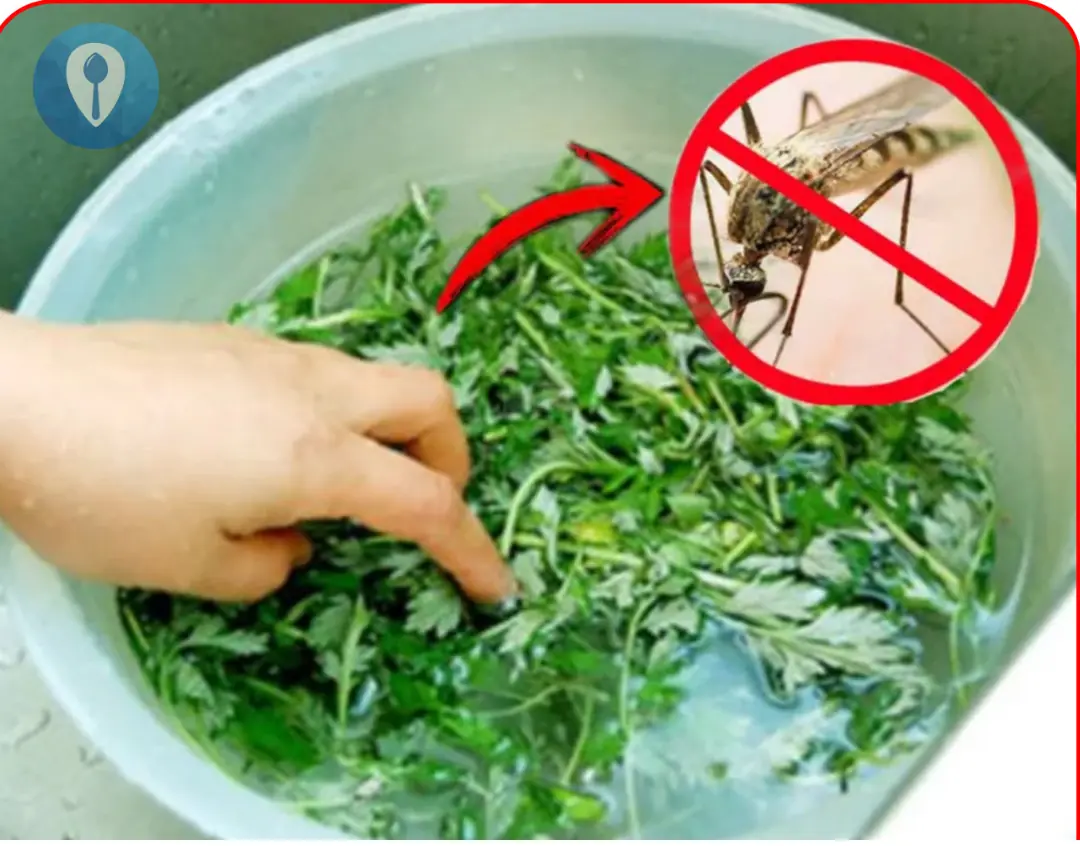
News in the same category


To clean pig intestines, you only need to use one cheap thing, clean quickly, and have no fishy smell

Reasons why you shouldn't open your bedroom door at night

Cardiologist reveals 3 drinks that help control blo.od pressure

A single ingredient to combat bone pain, diabetes, anxiety, depression, and constipation

So this is why our electricity bills have been so high — we’ve been wasting power for ages without knowing!

Tips to Help Hair Grow Faster and Thicker: A Complete Guide for Strong, Healthy Hair

Great effects of rice water you should not miss
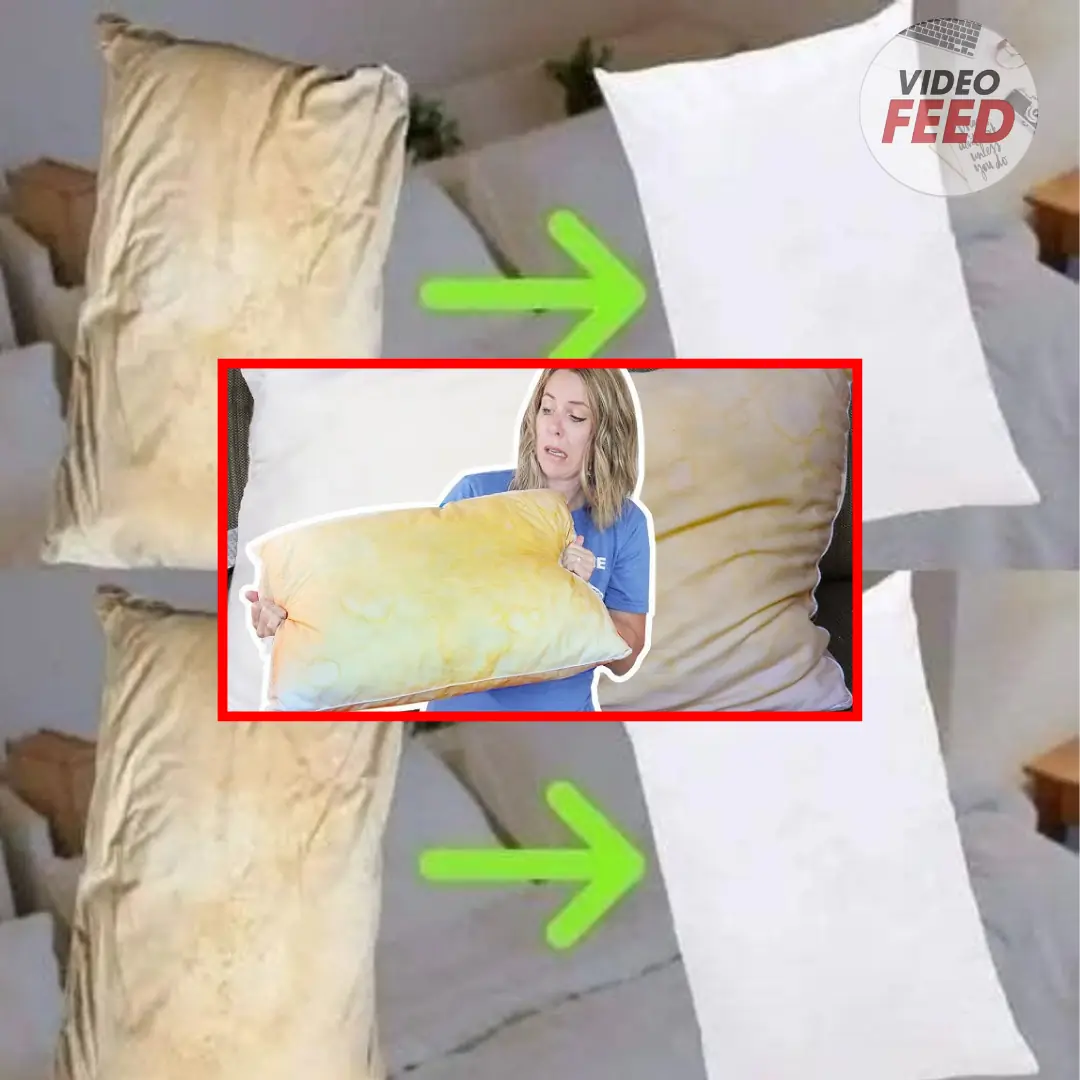
How to Deep-Clean Bed Pillows and Restore Them to Cloud-Like Freshness—Naturally

Traditional medicine doctors recommend some measures to prevent stroke in cold weather

Coffee is very good for your health but avoid drinking it at these two times.

After drinking beer for 30 years, I’ve just discovered a “little secret” on the bottle cap

Bit:ten by a Snake? Do These Things First to Stay Safe

Avoid ginger if you have these 5 health problems..

6 Plants That Attract Snakes Into Your Home
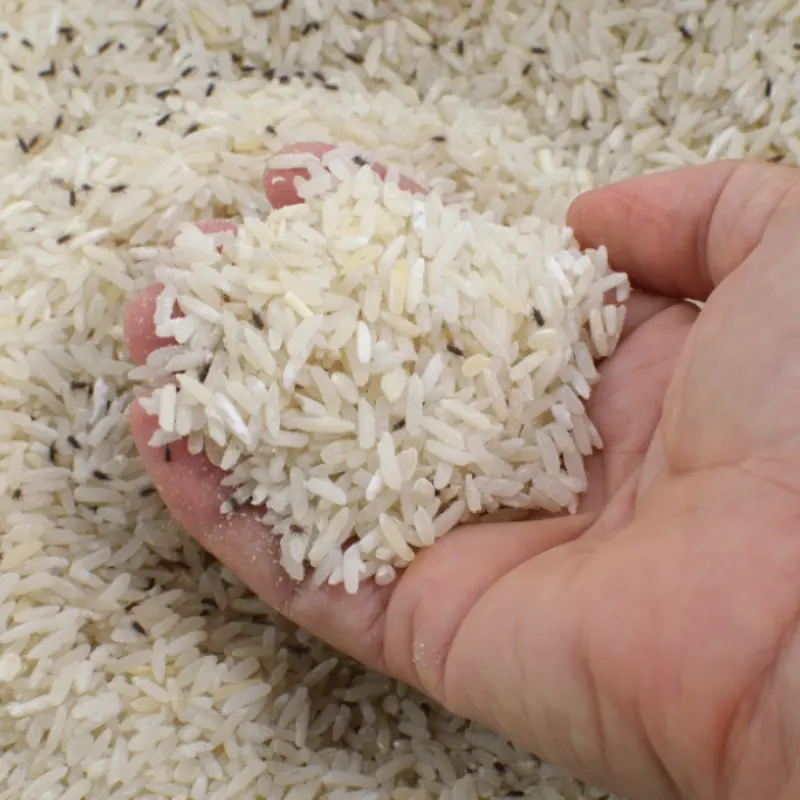
How to Store Rice to Prevent Weevils and Mold: Simple Tips to Keep It Fresh

Go to the car and turn on the air conditioner to sleep when the house has a power outage: A survival note

Little-known tips for using towels to ensure safety when staying at hotels

Why Dropping a Piece of Toilet Paper into the Toilet Before Using It Can Improve Hygiene and Comfort
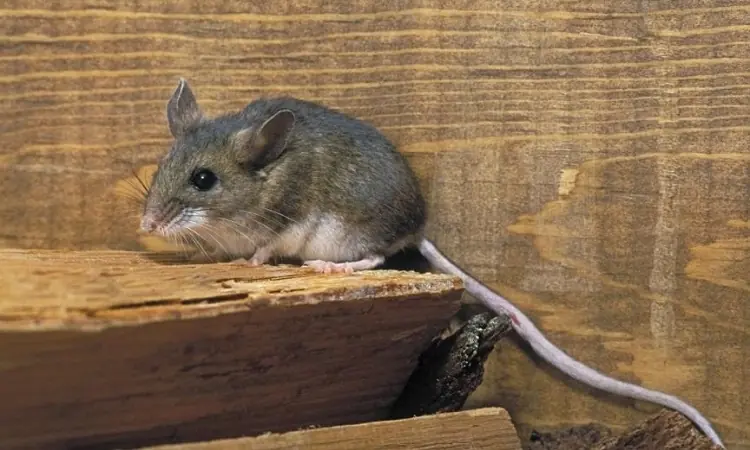
3 Simple and Effective Ways to Keep Your Home Completely Mouse-Free
News Post
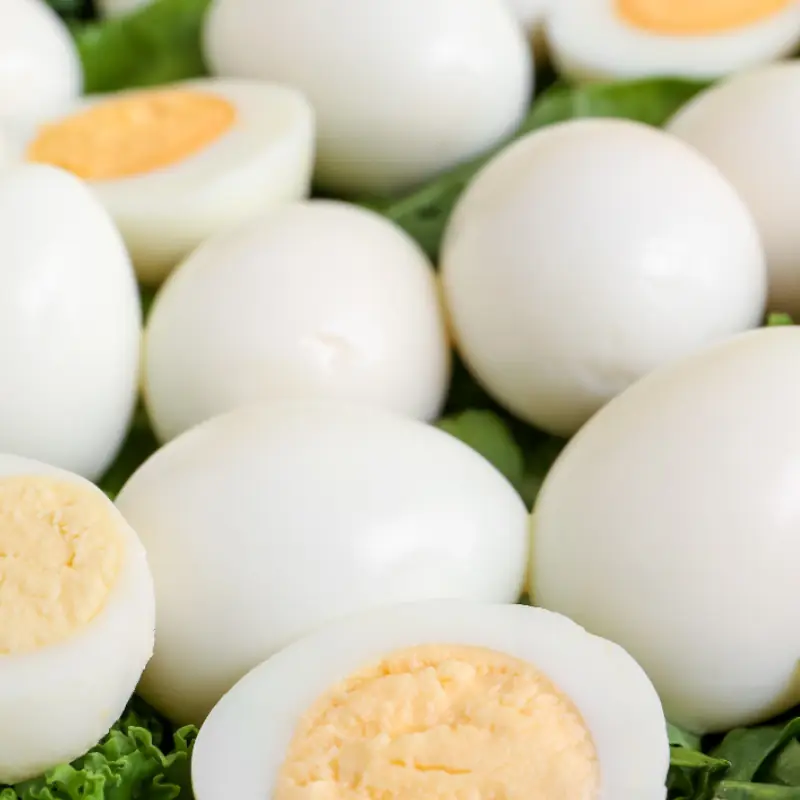
Heart Surgeon Reveals: Eating Eggs Every Day May Help You Live Longer

The Surprising Benefits of Eating Boiled Sweet Potatoes for Breakfast: How Your Body Can Change Over Time

29-year-old girl hospitalized for bleeding duodenal ulcer: Doctor warns of 2 harmful habits

Hair loss: Doctor points out 3 mistakes when washing and drying hair and 4 ways to fix them

The truth about hotel mirrors, check now to ensure safety

To clean pig intestines, you only need to use one cheap thing, clean quickly, and have no fishy smell

5 groups of people advised not to consume bread

Reasons why you shouldn't open your bedroom door at night

DANGEROUS COMPLICATIONS OF PULPITIS

Butter Steak Bites with Mashed Potatoes & Glazed Carrots – A Comfort Plate With Serious Flavor

What causes black thorn disease?

Baked Sweet Potatoes with Garlic Butter.

The #1 Drink to Reverse High Uric Acid and Gout — Backed by Science

If You Wake Up With These 4 Morning Symptoms, Sorry — Your Kid.neys May Be in Trouble

Drinking Coffee at the Wrong Time May Harm Your Heart:

Cardiologist reveals 3 drinks that help control blo.od pressure

A single ingredient to combat bone pain, diabetes, anxiety, depression, and constipation

Okra is great for your health, but not everyone reacts to it the same way

So this is why our electricity bills have been so high — we’ve been wasting power for ages without knowing!
